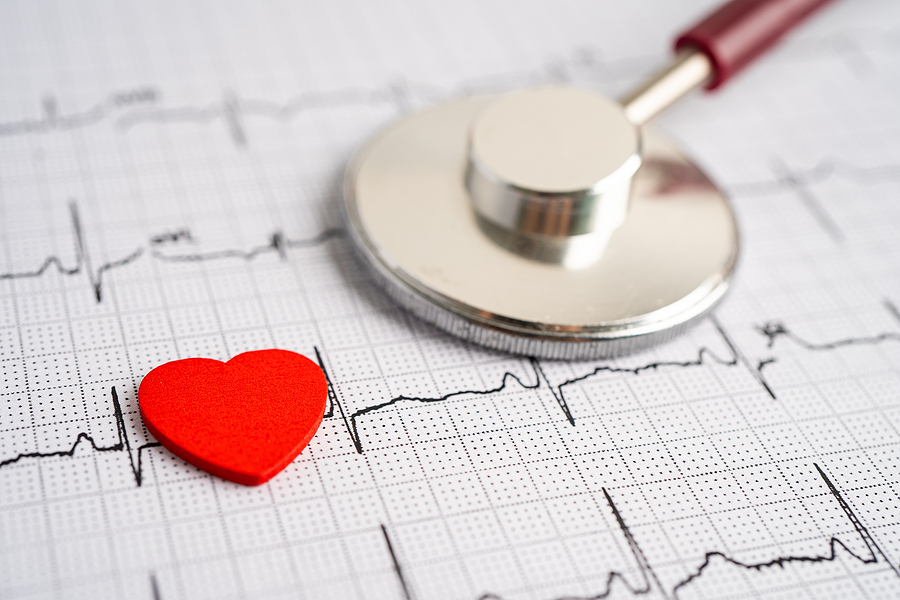HOME > SERVICES > Diagnostic Testing > Electrocardiogram (EKG) >
Electrocardiogram (EKG)

Electrocardiogram (EKG)
An electrocardiogram records the electrical signals in the heart. It’s a common and painless test used to quickly detect heart problems and monitor the heart’s health.
An electrocardiogram — also called ECG or EKG — is often done in a health care provider’s office, a clinic or a hospital room. ECG machines are standard equipment in operating rooms and ambulances. Some personal devices, such as smartwatches, offer ECGmonitoring. Ask your health care provider if this is an option for you.
- Holter monitor
- Implantable loop recorder: A heart monitoring device
An electrocardiogram is a painless, noninvasive way to help diagnose many common heart problems. A health care provider might use an electrocardiogram to determine or detect:
- Irregular heart rhythms (arrhythmias)
- If blocked or narrowed arteries in the heart (coronary artery disease) are causing chest pain or a heart attack
- Whether you have had a previous heart attack
- How well certain heart disease treatments, such as a pacemaker, are working
You may need an ECG if you have any of the following signs and symptoms:
- Chest pain
- Dizziness, lightheadedness or confusion
- Heart palpitations
- Rapid pulse
- Shortness of breath
- Weakness, fatigue or a decline in ability to exercise
The American Heart Association doesn’t recommend using electrocardiograms to assess adults at low risk who don’t have symptoms. But if you have a family history of heart disease, your health care provider might suggest an electrocardiogram as a screening test, even if you have no symptoms.
If symptoms tend to come and go, they may not be detected during a standard ECGrecording. A health care provider might recommend remote or continuous ECGmonitoring. There are several different types.
- Holter monitor. A Holter monitor is a small, wearable device that records a continuous ECG, usually for 24 to 48 hours.
- Event monitor. This portable device is similar to a Holter monitor, but it records only at certain times for a few minutes at a time. You can wear it longer than a Holter monitor, typically 30 days. You generally push a button when you feel symptoms. Some devices automatically record when an irregular rhythm is detected.

